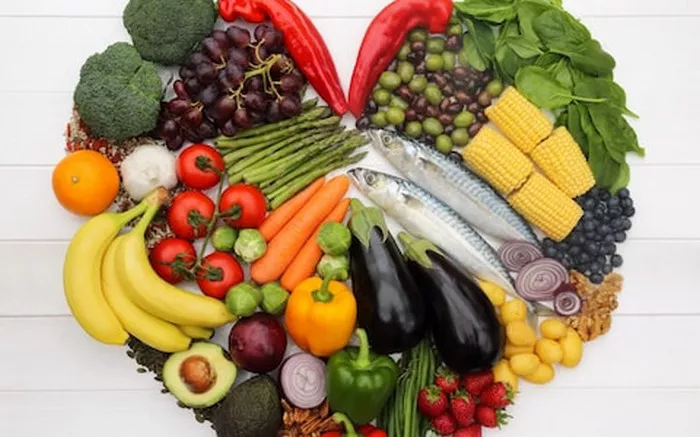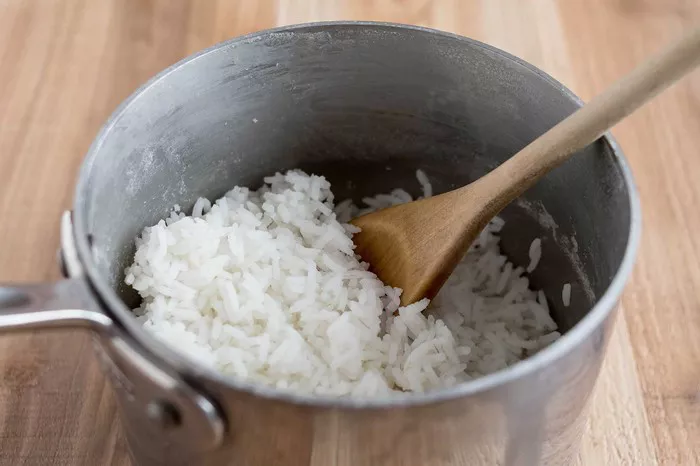Christmas Eve dinner is a special meal that many families around the world celebrate on December 24th, the night before Christmas. This meal can vary greatly depending on cultural traditions, family customs, and personal preferences. In this article, we will explore the significance of Christmas Eve dinner, popular dishes, regional variations, and tips for planning your own celebration.
The Significance of Christmas Eve Dinner
Christmas Eve dinner holds deep meaning for many families. It is often seen as a time for loved ones to gather together, share stories, and create lasting memories. This meal is not just about the food; it’s about connection, gratitude, and the spirit of giving.
A Time for Family and Tradition
For many families, Christmas Eve dinner is a cherished tradition. Families often have specific dishes they prepare every year, passed down through generations. This can create a sense of continuity and belonging. Children grow up with these traditions, and they often carry them into their own families.
Reflecting on the Year
As families gather for Christmas Eve dinner, it’s also a time to reflect on the past year. Many families take this opportunity to share their highs and lows, express gratitude, and look forward to the coming year. It’s a moment to appreciate the presence of loved ones and the joys of life.
Common Dishes Served at Christmas Eve Dinner
The menu for Christmas Eve dinner can vary widely. Here are some common dishes served around the world:
Roast Meats
In many cultures, a roast meat dish is the centerpiece of the Christmas Eve meal.
Turkey: A classic choice in the United States and Canada. Many families roast a turkey, often with stuffing and gravy.
Ham: A popular option in the United States and parts of Europe. Glazed ham can be sweet or savory, depending on the recipe.
Roast Beef or Lamb: Common in several countries, including the UK and Australia. These meats are often seasoned and slow-roasted for tenderness.
Seafood
In some cultures, particularly in Italy and Spain, seafood takes center stage.
Feast of the Seven Fishes: An Italian-American tradition that includes a variety of seafood dishes, such as shrimp, calamari, and baccalà (salted cod).
Bacalhau: A traditional Portuguese dish made with cod, often served with potatoes and vegetables.
Side Dishes
Side dishes are just as important as the main course.
Stuffing or Dressing: A savory blend of bread, herbs, and spices. It can be cooked inside the turkey or separately.
Mashed Potatoes: Creamy mashed potatoes are a staple at many Christmas Eve dinners.
Vegetables: Roasted or steamed vegetables, such as green beans, carrots, or Brussels sprouts, add color and nutrition to the meal.
Breads and Rolls
Freshly baked bread is often served to accompany the meal.
Dinner Rolls: Soft, buttery rolls are perfect for soaking up gravy or sauces.
Panettone: An Italian sweet bread often enjoyed during the holidays, flavored with fruits and nuts.
Desserts
No Christmas Eve dinner is complete without dessert.
Christmas Cookies: Families often bake a variety of cookies, from gingerbread to sugar cookies, decorated with icing.
Pies: Pumpkin, pecan, and apple pies are popular choices in the United States.
Buche de Noel: A traditional French Yule log cake made of sponge cake and chocolate.
Regional Variations
Different cultures and regions have unique customs and dishes associated with Christmas Eve dinner.
United States and Canada
In North America, Christmas Eve dinner can range from casual to formal. Many families opt for a festive roast, accompanied by traditional sides like mashed potatoes and cranberry sauce. Others may choose a more relaxed gathering with pizza or a potluck style meal.
Italy
As mentioned earlier, Italians often celebrate with the Feast of the Seven Fishes. This meal can include a variety of seafood dishes, such as fried calamari, pasta with clam sauce, and baked fish. The meal is typically followed by traditional sweets like panettone or struffoli.
Poland
In Poland, Christmas Eve dinner, known as Wigilia, is a significant event. It usually consists of twelve meatless dishes, symbolizing the twelve apostles. Dishes often include beet soup (barszcz), dumplings (pierogi), and various fish dishes. A special wafer, known as opłatek, is shared among family members before the meal.
Mexico
In Mexico, families often enjoy a late-night feast featuring dishes like tamales, bacalao (salted cod), and romeritos (a traditional dish made with green herbs and shrimp). The meal is often accompanied by traditional drinks like ponche, a warm fruit punch.
Sweden
In Sweden, the Christmas Eve meal, known as Julbord, is a smorgasbord of traditional dishes. This includes herring, meatballs, Jansson’s Temptation (a potato and anchovy dish), and a selection of Christmas ham. The meal is typically followed by a dessert buffet featuring rice pudding and gingerbread cookies.
Planning Your Christmas Eve Dinner
If you’re thinking about hosting a Christmas Eve dinner, here are some tips to help you plan:
Create a Menu
Start by deciding what dishes you want to serve. Consider your family’s traditions and preferences. You can choose to stick with traditional recipes or try something new.
Prepare in Advance
To make your evening less stressful, prepare as much as you can in advance. Many dishes, like desserts and some sides, can be made a day or two ahead of time. This will allow you to enjoy the time with your family without feeling overwhelmed.
Set the Atmosphere
Decorate your dining area to create a festive atmosphere. Use candles, fairy lights, or fresh greenery to add a warm touch. Setting the table beautifully can enhance the dining experience.
Include Everyone
Make your Christmas Eve dinner inclusive by considering dietary restrictions and preferences. Ensure that there are options for everyone, including vegetarians or those with allergies.
Make It Special
Consider adding special touches, such as personalized place cards or a toast to celebrate the occasion. Small details can make the dinner feel more significant.
Conclusion
Christmas Eve dinner is a beautiful tradition that brings families together. It’s a time for reflection, gratitude, and celebration. With diverse dishes and customs from around the world, there’s no right or wrong way to celebrate. Whether you choose to stick with family traditions or create your own, the most important part is enjoying the meal with loved ones. As you gather around the table this Christmas Eve, take a moment to appreciate the joy of being together and the memories you are creating.
Related topics:



























